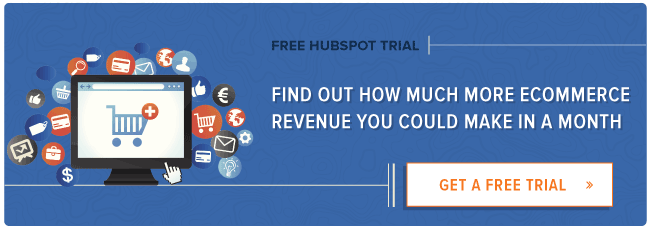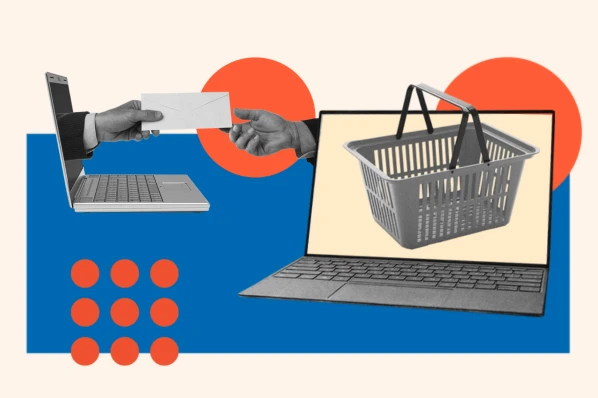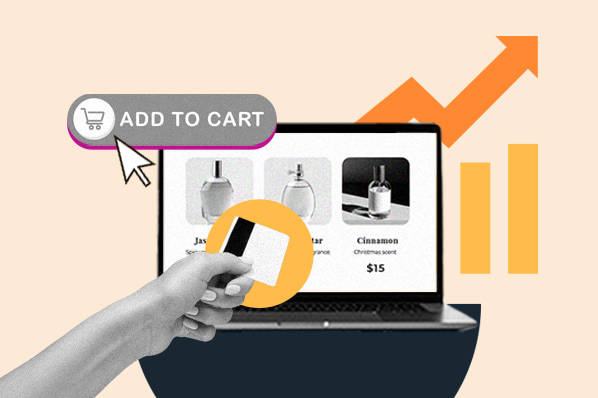

There are a few payment options that come to mind immediately when you consider the various possibilities for your ecommerce site. The first, of course, is the credit or debit card. Next is almost invariably PayPal. If you include these options on your ecommerce website, then you’re probably in good shape. Most consumers who are comfy enough to shop online will be happy enough with these choices.
If you’re interested in offering more possibilities for savvy buyers, there are other—possibly newer—options available. Choosing between the latest and greatest isn’t always easy, because who’s to say what will stick around and what won’t? To help you choose, we broke down some of the pros and cons.
BitCoin
Believe it or not, BitCoin is still a thing, and people still accept this digital currency. The beauty of BitCoin (and more often the problem) is that the value never really stays current. Right now, one BitCoin is worth about $240, but it’s shot as high as $1,000 per BitCoin. If you accept this payment, there’s a chance those BitCoins could skyrocket in value again…or they could go the other way.
There’s also the matter of your digital wallet and how you have to watch it like a hawk. If your hard drive craps out or someone steals it, the BitCoins are gone—just like if you lose your physical wallet filled with cash. They’re also not as secure as they once were. At one point, no one could hack the digital wallet. Now they’re hackable. It’s just something to keep in mind.
Google Wallet
With Google Wallet, consumers sign up through their Google+ accounts, enter payment information there—much like PayPal, really—and then never need to pull out the credit card again.
Because Google keeps all the information, there really aren’t any security concerns on your part. It’s all up to Google to keep that information safe. As long as your customers can keep their login information secure, they don’t need to worry about anyone gaining access to their financial information.
Amazon Payments
A lot of people have Amazon accounts, whether they’ll admit it or not. That name recognition goes a long way toward convincing buyers they can trust you with their financial information. The fees for using them as a third-party payment option are fairly low, too. In all, it’s not a bad plan.
The only problem is, Amazon is already a world-famous brand name. Do you want to confuse your buyers or diminish your own brand in any way by introducing the Amazon name into your transaction? You definitely want to make sure your company is getting the credit for the products you sell, so bringing in such a well-known name could muddy the water.
Intuit
If you use QuickBooks to keep your accounts, then Intuit will be your new best friend. Of all the payment options, this one integrates with the bookkeeping software the best. The program also transfers money directly to your business bank account, so there’s not a lot of finagling needed on your end.
Intuit does make accepting credit cards easy, but you’ll pay the price, with a rate of 3.25% on each transaction.
Authorize.net
For a one-stop shop, Authorize.net seems to be the way to go. You can process credit and debit cards, e-checks, PayPal, and even Apple Pay payments. You’ll have to make sure you have all the software and applications necessary to run the program, but with its wide variety, this one looks like a winner.
There is a down side, of course. Some of the features only work within iOS 8 apps—specifically Apple Pay. Then, there’s the cost. With a start-up fee, monthly fee, and fees on transactions, it’s not the cheapest of the available solutions, but it’s also not the most expensive. Because it offers just about everything, you may find the cost a necessary evil.
Stripe
Stripe is one of the fastest growing of the payment options, mostly because it’s considered cool. You can customize the design, integrate with mobile devices, and support various currencies.
While there aren’t any real down sides to the program, many might feel the flashiness just takes away from the real needs. If your business requires the many options Stripe offers, however, you’ll find the flash more than welcome.
This isn’t even close to a full list of the options available, but these are probably the most popular of the choices available at the moment. If these won’t meet your needs, you can also look into BluePay, PaySimple, 2Checkout, Masterpass, Visa Checkout, and Dwolla. The most important thing is that you find a payment option that your customers love.
What is your favorite pay portal? Are there pros and cons to these that we didn’t list?



![How to Write an Ecommerce Business Plan [Examples & Template]](https://www.hubspot.com/hubfs/ecommerce%20business%20plan.png)




![How to Send Effective Order Confirmation Emails [Examples + Template]](https://53.fs1.hubspotusercontent-na1.net/hubfs/53/order-confirmation-email-1.jpg)

![How to Start an Ecommerce Business in 2024 [Steps + Must-Follow Tips]](https://www.hubspot.com/hubfs/how%20to%20start%20an%20ecommerce%20business.jpg)